Tucked away deep in the Amazon, Iquitos is a remote city accessible only by air or water. The city has a floating market, Belen, for souvenirs (you also get exotic meat, fruit, vegetables, fish and natural jungle remedies and potions).
Steeped in mysticism, you can arrange for ‘Ayahuasca’ ceremonies in this fascinating city. With some effort, other Amazonian rituals, such as the poison frog ceremony where a cigarette is used to burn the skin on your arm to which poison collected from the back of the frog is applied, aren’t hard to organize. These ceremonies are said to be highly spiritual and transcendental; befitting to what one might expect from Amazon adventures!
We were in Iquitos, however, mainly for the thrill of immersing ourselves in the river culture of the mighty Amazon. While most western tourists avoid this option, we figured the best way to achieve our objective, was to complete the journey between Iquitos in Peru to Leticia in Colombia via a slow cargo boat. For those unwilling to spend two or three nights in a crowded boat filled to the brim with jostling hammocks, speed boats, a luxury cruise and flying are other options. However if you truly want to travel local style and sleep with a dazzling view of the constellations at night, the cargo boats are highly recommended.
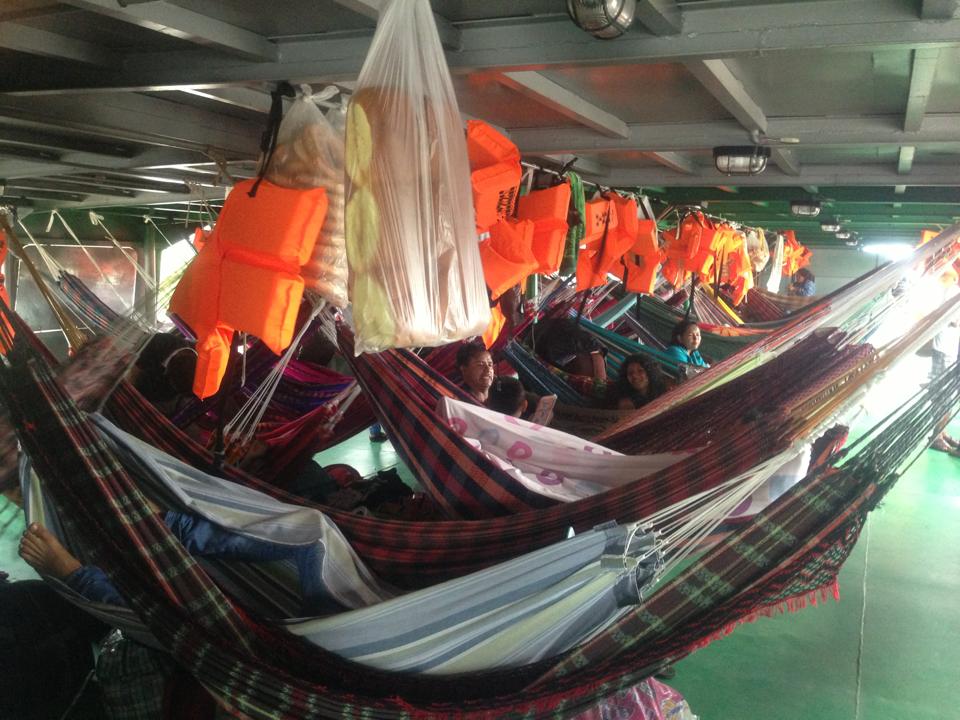
It is important to note though that on extreme rare occasions, the boats are overloaded and could capsize. It is a risk you have to be willing to take. On the very first day, way past midnight, our boat came to a stumbling halt. It had hit something in the middle of the river. It tilted to an alarming degree with an ear splitting screech. Some passengers stood on the edge ready to jump off but the idea of leaping into unknown waters was not an exciting prospect. The Amazon snaking through vast stretches of forest is home to diverse flora and fauna including alligators and piranhas. Fortunately, the captain had enough mastery over the boat to set us on course again. Before long, everybody was snoozing comfortably in their hammocks.
Time passes quickly on board. Most passengers are affable and willing to act as guides- sharing tidbits on local herbs, wildlife, tradition and history. We spotted several unique species of biota both off the boat and on it, as the vessel chugged along at a sedate space. The pleasant man on the hammock next to ours appeared to want to trade a small turtle for a large bottle of Pisco. He had a bigger turtle that lay tied up under his hammock.
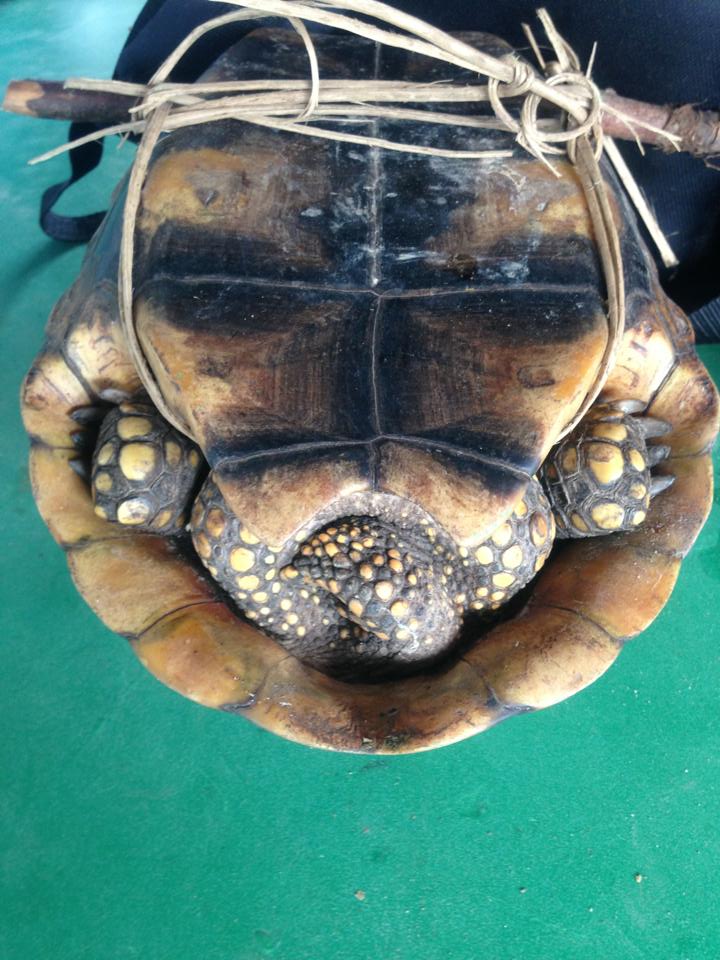
In broken Spanish, we tried asking, “What for? A pet?
Gesticulating, he said “comer”, meaning to eat.
We politely declined the trade-off but gave him the alcohol at the end of the journey for all the food that he and his family shared with us throughout our journey.
The boat stopped at larger villages to load and unload cargo – comprising fruits, vegetables and cattle amongst other essential goods. We got off at some of them, to explore and stretch our legs. For unobstructed views of the majestic river weaving through lush jungle, one can climb up on the rooftop to watch tiny hamlets pass by.
Despite the initial scare, the journey was incredible. The wild beauty of the Amazon and the natural camaraderie of her people make for an adventure of a lifetime.
How to get to Leticia by cargo boat
Boats leave almost every day. Check at the ferry terminal a day before your intended departure to arrange for passage. It costs between 15 to 20 US dollars for hammock space. You have to buy your own hammocks. These are available for sale at the ferry yard. Meals are included in the ticket price.
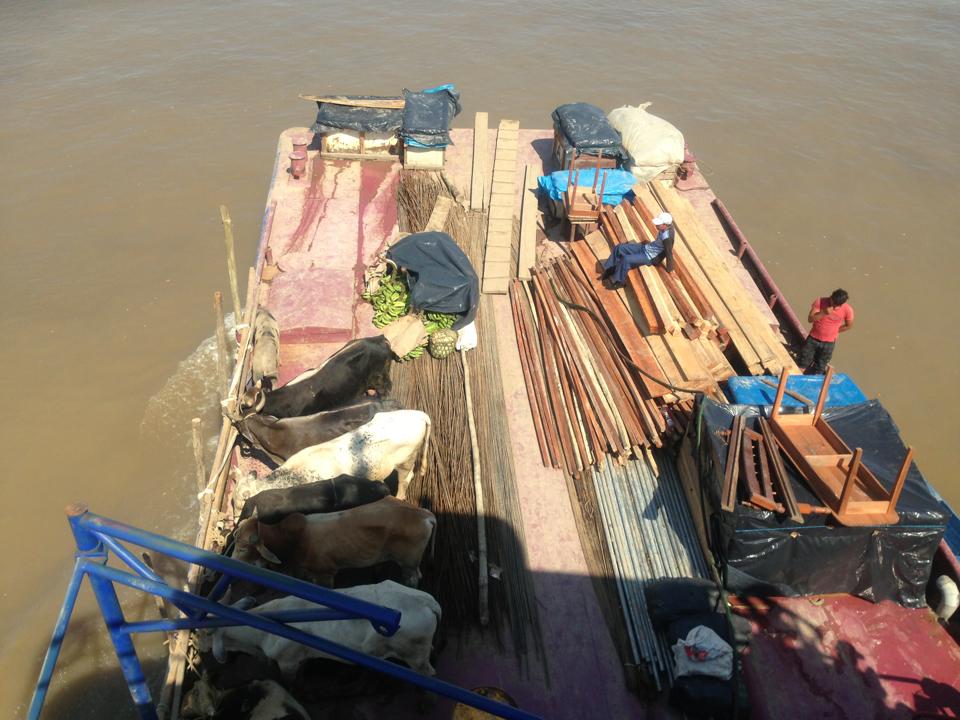
A simple fare of rice, beans and chicken is served on the boat. If you have a sensitive stomach, it would be wise to stock up on food and about five litres of water per person before leaving from Iquitos.
Boats go all the way to Santa Rosa, the last town in Peru on the tri-state border of Santa Rosa, Leticia in Colombia and Tabatinga in Brazil. Transfer to a speed boat to reach Leticia. Don’t forget to get your passport stamped before you leave.

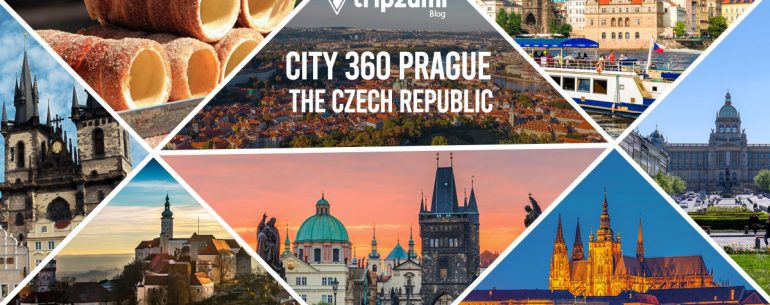
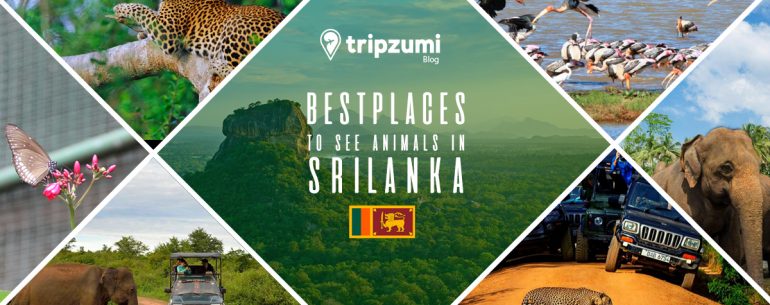
Leave a Reply